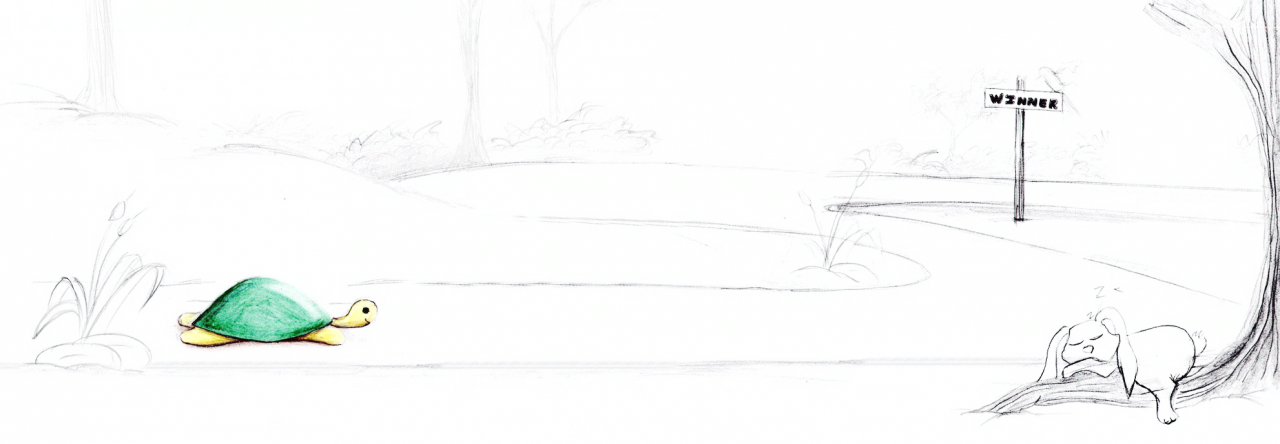By Raj Mehta, [email protected]
In the past 2 months, RBI has tried to take many steps to stem the flow in the fall of rupee against the dollar. If you have a glance at the exchange rate history over the past month,it doesn’t seem as if those measures have had any effect on the rupee. But if you think the other way round, if RBI had not taken those steps then the rupee could have depreciated even further. The RBI has taken steps towards tightening the liquidity in the system while the government has tried everything to curb the gold imports from increasing the import duty on gold to limitation on borrowing against gold. The measures include RBI cutting the amount of funds it lends to individual banks under the liquidity adjustment facility (LAF) to 0.5% of the deposits of a bank. This compares with 1%, or Rs 75,000 crore, available for the entire financial system.RBI raised lending rates to commercial banks 2 per cent to 10.25 per cent making the loans costlier.The other measure was to suck out liquidity from the system. The RBI asked banks to maintain a higher average CRR (cash reserve ratio) of 99 per cent of the requirement on a daily basis as against the 70 per cent required earlier. Also, the RBI made it mandatory for the FIIs to obtain the consent of holders of participatory notes and derivative instruments. While announcing these measures, RBI has always said in their statement that these measures are “temporary” and they will be rolled back as soon as the currency settles a bit and the economy improves. How long will the “temporary” measures last is the question stock market is asking.
